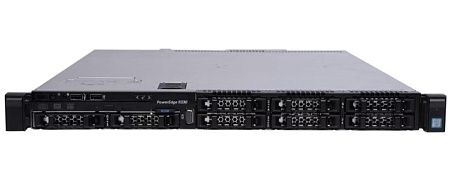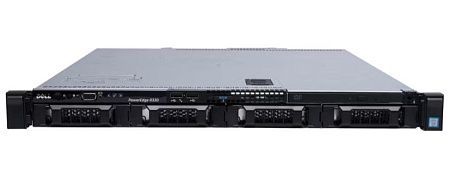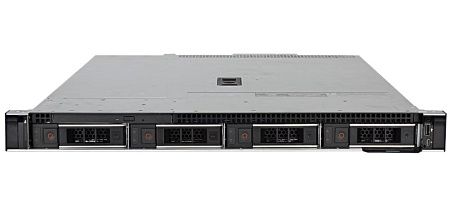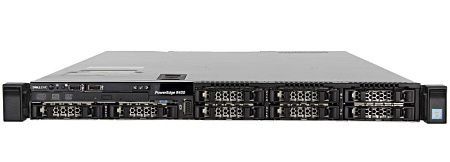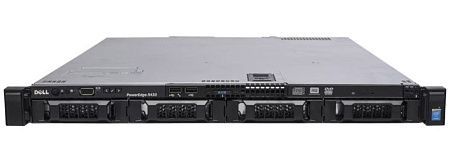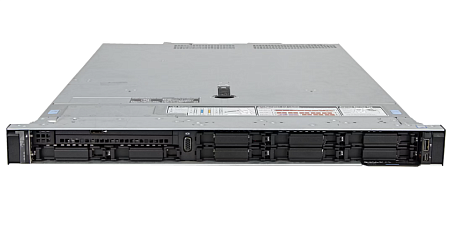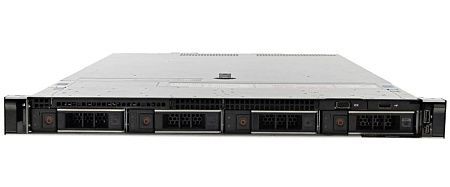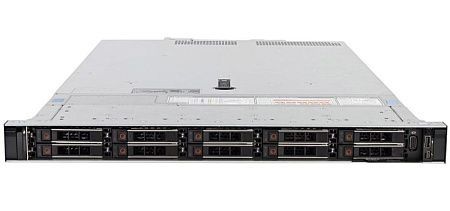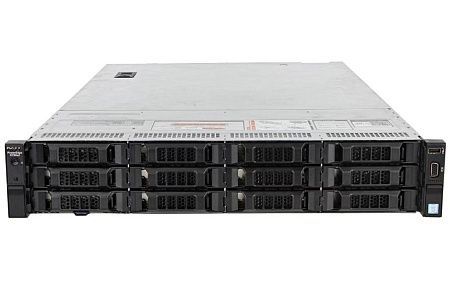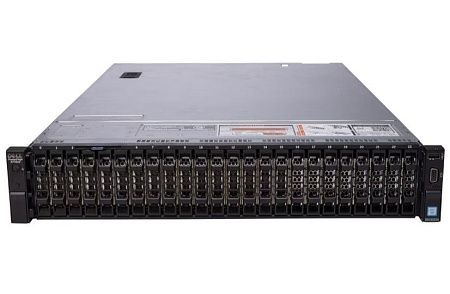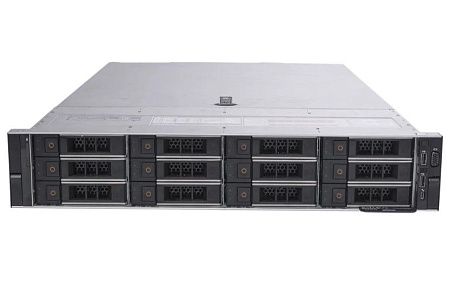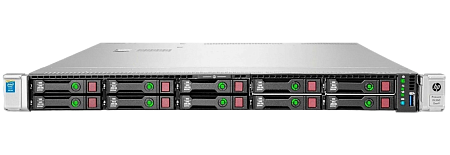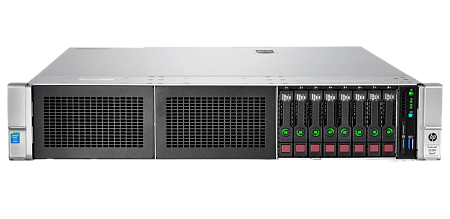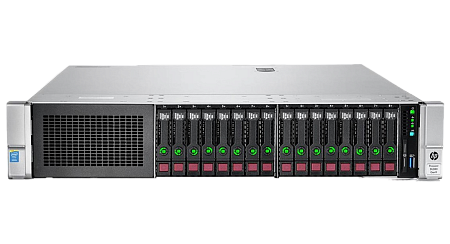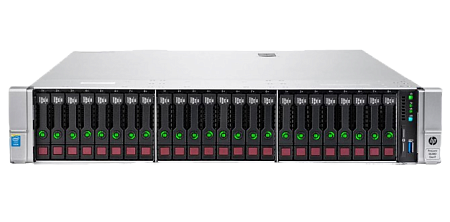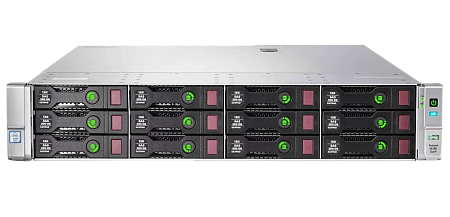The UPS system is a good and reliable option for power backup. To power the inverter section, required energy stored in a set of batteries is used here. This method also helps prevent sudden network outages, energy surges, transients, etc.
What type of UPS is the best option for server equipment?
The most proven and suitable option for server equipment is Double Conversion Online UPS. This UPS is the best solution for the most important cases: telecommunication nodes, equipment and necessary devices used in medicine, server centers, etc. Despite the advantages of this option, Double Conversion Online UPS uses a large amount of energy. It is also more expensive.
Single-phase or three-phase?
A single-phase UPS has a simpler design (one AC input providing power to one phase of AC). The price of such UPS is lower. This option is suitable for: office equipment, personal computers, etc.
A three-phase UPS has three AC inputs to supply power to three phases of AC. Its main advantages: higher levels of reliability, power and efficiency. At the same time, this UPS has a more complex design, and its price is higher. This option is suitable for: industrial equipment, large server centers, telecommunications nodes.
Necessary additional functions for a server UPS
Remote access management: this feature gives administrators an ability to remotely manage server equipment.
Power supply monitoring: power stability is ensured by this function, which is responsible for controlling the voltage and frequency of the power supply.
Backup: data security is ensured by its backup.
Energy control: this feature allows some UPSs to minimize energy costs by optimizing energy management settings.
What UPS power is required for server hardware?
This indicator can be determined by performing the following steps:
- Determine server power consumption: in the technical specifications you need to find information about the power supply of each server (W).
- Calculate the total power consumption of server equipment: at this stage you need to add up the capacities of all servers.
- Take into account the power supply data of other devices.
- Use equipment power factor: it is necessary to find out what amount of energy is consumed to operate the equipment.
What backup time is required for server hardware?
This indicator depends on the following factors:
- Equipment requirements. If an organization needs to purchase more complex or specific equipment, it may require more time to reserve it.
- Seasonal factors. These factors affect the backup time, for example, if any holidays are approaching or there is special demand for the service.
- Type and size of organization. Small businesses often require less backup time for server hardware than large organizations, since they also have fewer necessary tasks and processes to complete.
- Delivery and installation time. If delivery and installation services of equipment are required, then the backup time includes this time period too.
What software is needed for server uninterruptible power supply?
The following software may be required to work with the server uninterruptible power supply:
- Backup management software. This type of software may be needed, if the UPS has a data backup function.
- System software. The choice of software for working with the UPS depends on the server operating system. For servers based on Linux OS, NUT (Network UPS Tools) can be used. For servers running Windows OS, Eaton UPS Companion or PowerChute from APC is suitable.
- UPS monitoring software. If enterprises use several UPSs, then to monitor their status, special tools, which can allow monitoring from one point will be needed.
-
Control software. This software often includes the following tools for:
- battery condition monitoring,
- configuring backup time,
- energy optimization.
How to calculate power?
This process requires attention to the following factors:
- Battery life,
- Server power,
- Extra power,
- Power factor.
Next, let's consider the formula for calculating UPS power:
UPS Power = (Server Power * Power Factor) / UPS Efficiency
UPS efficiency shows how much energy the uninterruptible power supply can convert into active power.
Taking into account the listed factors and a proven formula, you need to choose the right option that provides sufficient battery life and server power.
Additional functions
Some additional UPS features may be suitable in various situations:
- There is a function that allows you to connect to a computer and monitor its working processes.
- Another function is overvoltage protection. It protects equipment from damage and increases the level of its productivity and reliability.
Innovation
We recommend taking the following innovations into account when choosing UPS:
- Using microprocessor control technology: this technology allows you to increase the reliability and performance of the device through efficient energy distribution.
- Using Li-ion battery technology: they offer a number of advantages (extended service life, high energy density).
- Automatic regulation of input supply voltage: some modern UPSs have this function, which gives them an ability to increase the level of reliability and efficiency of devices.
How to create a system from UPS
It is recommended to follow next steps:
- Determine what type of power supply is needed: you should get information about battery life, server power and possible additional devices.
- Select UPS: taking into account the requirements for the power supply system, it is possible to choose an uninterruptible power supply that offers the necessary time and power for autonomous operation.
- Connect the UPS to the server: following the instructions for installing the UPS, connect it to the server using power cables.
- Check how the system works: the last step helps to make sure that the system is working correctly.
Cost savings
To save on buying UPS you can:
- Buy a UPS without batteries. Required items can be purchased separately.
- Buy a UPS with less power than necessary. In this case, the server will cope with the assigned tasks, and the price will be lower.
- Buy a device with a limited set of the most important functions (additional features that may not be useful require additional costs).
UPS types depending on power connection
First type: main feature – single-phase input of the device. such the UPS requires voltage from 110 to 220W (power indicators vary). It can be used for simple devices as well as for professional equipment.
Second type: main feature – three-phase input of the device. Such models have a high level of power. They are designed to serve a large number of devices.
Third type: double conversion devices. Main feature – converting electricity from alternating current to direct current and vice versa. This ability ensures a stable output voltage.
Reliable power supply for servers
UPS is a reliable option that provides energy to the device even if the main power source is turned off. This allows the device to complete all started operations, save necessary files, etc. The UPS can be configured to automatically switch to battery power (this function gives an ability to ensure uninterrupted operation of the server if the main power source fails).
Other UPS advantages: protection against overloads and various technical problems that may affect the proper operation of the server.
Remote control
One of the most popular forms of remote UPS management is the web interface which displays information about battery charge, load level, input and output voltage, etc.
Remote UPS control performs the necessary function of monitoring and managing the server remotely. This makes it easier for the administrator to control the operation of the device as well as promptly identify possible problems with power supply.
Server Criteria
Important criteria for a server when choosing UPS are:
- Their size (adding up the rated power of the equipment x2).
- The required power level of the uninterruptible power supply (must cope with the inrush current when starting).
- type and number of batteries (the server's operating time will depend on them).
Secondary functions:
- Overvoltage protection.
- Automatic self-diagnosis test.
- Overload protection.
Algorithm for calculating load and power
To determine the size of the device, it is enough to obtain information about the necessary measurements and perform a few simple steps. The UPS must meet the specified parameters. Once you are sure of this, you need to add batteries to meet the runtime needs.
To determine the size of the UPS, we recommend the following steps:
- List all equipment that the UPS must protect.
- Determine volts and amps for each device.
- Multiply amps by volts to determine volt-amps (VA).
- Multiply the VA by the number of pieces of equipment to obtain the final VA indicators.
- Add up VA subtotals together to get the total power required.
- Multiply the total amount by 1.2 (for further scaling).
Another important point: the required power of the equipment should not exceed the rated power of the UPS.
Selecting an uninterruptible power supply
When choosing a UPS, we recommend paying attention to factors such as battery type, power, battery life, etc. At the same time, the most important factor remains power. To take this factor into account, you need to know the server power (W).
Another important factor is the maximum current draw of the UPS, as some equipment consumes more power when starting up.
Sufficient battery life of the UPS is the key to successful server operation during a power outage.
Specialists of our company are ready to help you purchase the server and select the necessary server configuration for any required task.



